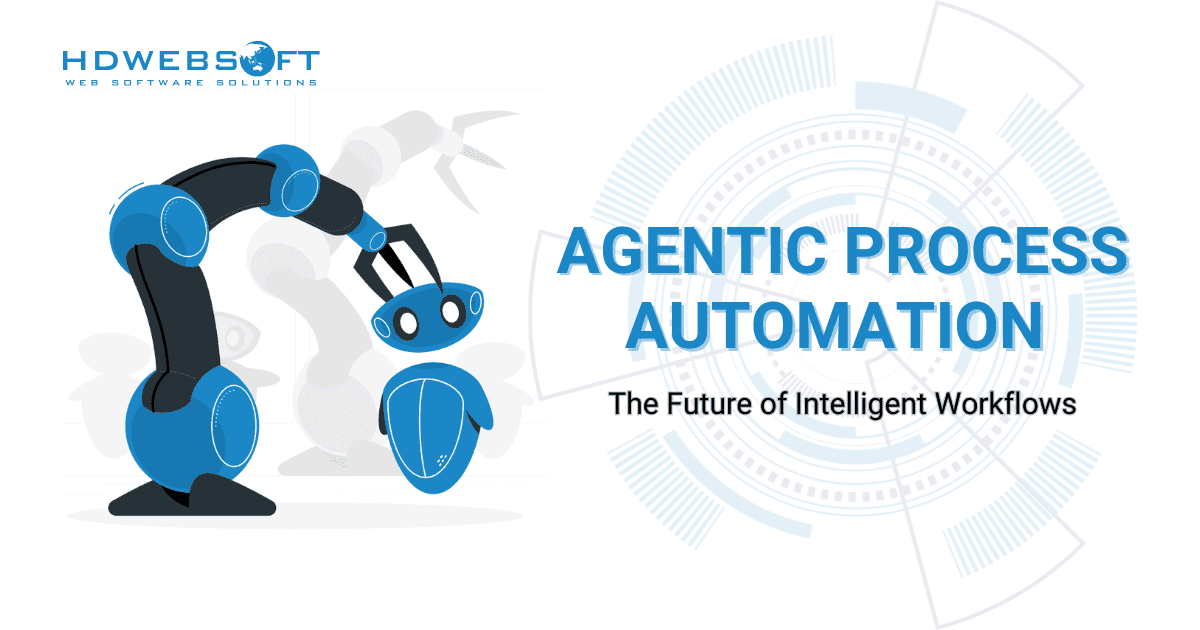
What is Ruby on Rails? Discuss Its Trend and Potential
Unlike HTML, CSS, and JavaScript, Ruby on Rails is not only a language – it’s a full-stack framework. Intrigued by its potential but unsure where to start? We spoke to a group of Ruby on Rails developers to shed light on what it is, what sets it apart, and how to begin your learning journey.
.webp) Find out what is “Ruby on Rails framework?”, “What is it good for?” in this article
Find out what is “Ruby on Rails framework?”, “What is it good for?” in this article
Are you curious about Ruby on Rails? What is Ruby on Rails? What is it used for? In this article, we will explain and answer all the questions above as well as discussing the trend of Ruby On Rails.
What is Ruby On Rails? The definition
 What is Ruby on Rails? Find out its definition
What is Ruby on Rails? Find out its definitionImagine a framework built specifically for web development, making the process faster and more enjoyable. Well, you no longer have to imagine, because there is the Ruby on Rails framework! Written in the Ruby programming language, Rails takes care of the boilerplate code you’d normally write, allowing you to focus on the core functionality of your application. In fact, experienced developers even find it more fun to use!
Rails is an opinionated software, meaning it has a strong opinion on how things should be done, aiming for a “best practices” approach. As a result, learning The Rails Way can significantly boost your productivity. However, if you try to force methods from other programming languages onto the process of Rails development, you might encounter challenges.
Ruby on Rails embraces two core philosophies to keep your code healthy and development smooth:
- Don’t Repeat Yourself: the DRY principle ensures every piece of information has a single “home” within the codebase. This eliminates redundancy, making your code easier to understand, maintain, and expand in the future. No more copy-pasting code and introducing potential bugs!
- Convention Over Configuration: Rails has built-in defaults for many common tasks. You can rely on these conventions, instead of bogging down in endless configuration files.
The power of Rails goes beyond just saving time. Here is how the Ruby on Rails framework elevates your development experience:
- Reduced Code Repetition: Rails eliminates the need to rewrite common functionalities. This saves time and minimizes bugs.
- Cleaner Code: The framework promotes well-structured and consistent code, making it easier to understand and maintain.
- Simplified Troubleshooting: Rails conventions create a shared understanding among developers, allowing for faster problem-solving. No more deciphering cryptic configuration files!
Benefits Beyond the Code: Rails fosters a strong community and a wealth of freely available libraries, further enhancing your development journey.
What is the Ruby on Rails framework used for?
 What is the Ruby on Rails framework used for?
What is the Ruby on Rails framework used for?
Now that you must understand the “Ruby on Rails” framework’s definition, let’s find out what this framework is used for. As we have mentioned, Ruby on Rails is a web framework. Understanding what a framework literally does can truly unlock its potential.
Let’s take Legos as an example. Similarly, it is a framework offering pre-built code components that allow you to combine and customize. This eliminates the need to build everything from scratch, saving you time and effort. In addition, the framework simplifies web application creation by providing default structures for code, databases, and web pages.
Rails utilizes the Model-View-Controller (MVC) pattern, a common approach in web development. MVC separates an application into three parts:
- Model: Manages the data structure.
- View: Handles the visual aspects (web page templates).
- Controller: Connects data to the view and implements the application’s logic.
This separation makes Rails flexible and adaptable to various web applications.
Rails is not limited to simple websites. As a matter of fact, it empowers you to build full-fledged web applications that encompass both the front-end (user interface) and back-end (server-side logic). Specifically, the Model and Controller form the back-end, while the View handles the front-end (HTML, JavaScript) users see in their browsers. Moreover, Rails can create web services (APIs) that return JSON data for use by other applications.
The advantages and disadvantages of Ruby on Rails framework
The advantages of Rails framework
Regarding Rails’ biggest strengths, we need to mention its ability to accelerate web development. Web application development teams with smaller scales can leverage pre-built features and a streamlined approach to build and deploy web applications quickly.
The Ruby programming language boasts a rich ecosystem of libraries that further extend Rails’ functionality. This combination of speed and flexibility has made Ruby on Rails a preferred choice among startups.
Ideal Situations to leverage Rails framework:
- Complex Business Logic: Rails can effectively handle intricate application logic.
- Rapid Development: Need to get your web app up and running fast? Rails can be a great choice for quick development cycles.
- Budget Constraints: Building with Rails can be cost-effective due to its efficient development process.
- Time-Sensitive Projects: Rails excels at delivering web applications quickly.
The disadvantages of Rails and other alternatives
While Rails offers numerous advantages, there are still a few disadvantages that make some companies choose other technologies rather than Rails framework:
- Machine Learning Applications: If your project heavily relies on machine learning, Python’s extensive machine learning libraries might be a better fit.
- Ultra-Lightweight Applications: For applications requiring extreme performance and minimal resource usage, Rails might not be the optimal choice. However, it’s important to note that Rails’ performance is comparable to most other frameworks.
Some similar frameworks with different languages to be considered as the alternatives:
- Laravel (PHP): This framework is open-source, extendable, and database-ready. This framework has many similarities with Rails, including the MVC structure (although this structure is sometimes referred to as MVT, which stands for Model-Template-View architecture due to its unique controller handling).
- Sails.js (JavaScript): This open-source framework offers extensibility and database support, along with an MVC pattern.
- Django (Python): This is also an open-source framework that has full features with database integration and an MVT structure.
Read more:
Some other frameworks for a different approach:
- Flask (Python): If you prefer a more lightweight approach, Flask is a micro-framework written in Python. Even though this framework does not come up with built-in features like an ORM or MVC structure, it allows for customization through extensions.
- Sinatra (Ruby): Similar to Flask, Sinatra is a Ruby-based micro-framework offering flexibility through extensions. It lacks a built-in database or MVC functionality.
Ultimately, the best framework depends on your specific project requirements. Rails shines in situations requiring speed, efficiency, and the ability to handle complex logic, making it a great choice for many web development projects.
Is Ruby on Rails dead? The future of Ruby on Rails framework
Rails, as well as many other similar frameworks, were launched in the early 2000s. The web development landscape has been evolving significantly since then. With a wide range of alternatives emerging, people might be concerned about Rails’ continued relevance. Here’s why Rails remains a powerhouse:
- Thriving Ecosystem: Thousands of websites rely on Rails as their foundation, and the active community ensures ongoing updates and feature additions. Just this year, nine updates landed on RubyGems.org, showcasing the framework’s dedication to progress.
- Market Leader: Compared to competitors like Laravel, Django, and Sails.js, Rails maintains a significant market share (BuiltWith, 2022a). While usage might have fluctuated slightly, Rails remains a dominant player compared to others.
- Security: Continuous updates prioritize security, keeping Rails applications safe and compliant with evolving best practices.
- Future-Proof for SaaS: The increase in demand for SaaS applications aligns perfectly with Rails’ strengths. Its ability to efficiently build and scale web applications positions it for continued success.
In essence, Rails isn’t going anywhere. Its established ecosystem, ongoing development, and focus on security make it a reliable choice for building robust web applications, especially in the thriving SaaS market.
The career potential for Ruby on Rails developer
 The career potential for RoR developers
The career potential for RoR developers
Mastering Ruby on Rails will unlock various web development opportunities for you. Here’s what you can expect:
Entry Point: Junior or Web Developer Roles
Many junior and entry-level web developer positions seek candidates with expertise in Ruby on Rails. These roles often involve back-end development, where you’ll spend a significant amount of time coding with Rails.
Job Duties Might Include:
- Crafting front-end web page templates
- Building web services that provide JSON data for JavaScript applications
- Writing both server-side Rails code and front-end code using JavaScript, HTML, and CSS
Rails Across Industries: Powering Diverse Applications
Ruby on Rails is a versatile framework used to create web apps and services in various industries. This includes:
- Marketing websites
- Content Management Systems (CMS)
- E-commerce platforms
- Custom web applications
Startup Darling: Speed and Efficiency for Early Ventures
The ease of use Rails offers makes it a popular choice for startups. It allows small teams to develop applications quickly and efficiently.
Beyond Startups: Established Companies Embrace Rails
Not only is Rails framework popular among startups, it also has a strong presence in established companies. Here are some well-known companies leveraging Rails:
- Basecamp
- Shopify
- Airbnb
- Crunchbase
- Square
- SoundCloud
- Sendgrid
- Pitchfork
- Github
- Yammer
- Slideshare
- Scribd
- Groupon
- Hulu
- Kickstarter
- Zendesk
- Gumroad
After this article, we hope you have a clear answer to “What is Ruby on Rails” as well as a thorough understanding of its potential. As mentioned above, Rails is a perfect choice for building complex web applications, particularly e-commerce platforms, social networking sites, and content management systems (CMS).
The power of Rails lies not just in the technology itself but in the skilled developers who wield it. If you’re looking to harness the potential of Rails to bring your project to life, consider choosing our Ruby on Rail services and let the development team experienced in this framework take care of it. HDWEBSOFT can help you translate your vision into a robust and scalable web application.









